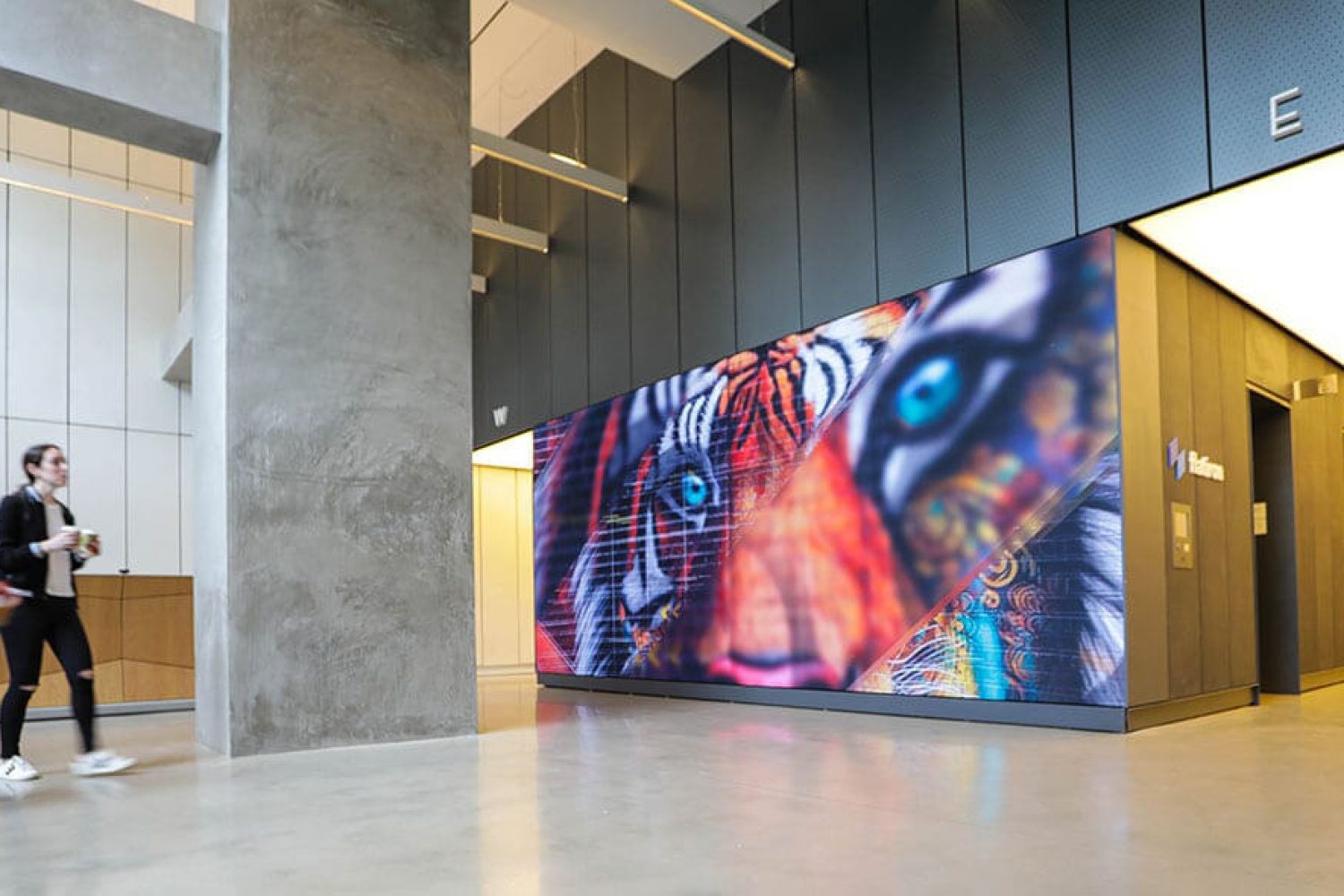Investigating The Way Resolution Affects the Functionality and Visual Caliber of LED Walls in Contemporary Display Technology
Investigating The Way Resolution Affects the Functionality and Visual Caliber of LED Walls in Contemporary Display Technology
Blog Article
LED walls are growing more and more popular in different environments, from concerts and athletic events to corporate displays and creative installations. One of the most crucial elements that affect the performance and visual clarity of these screens is resolution. Resolution refers to the quantity of picture elements that make up the image on the display. Higher resolution indicates additional picture elements, which can lead to clearer and clear images. Grasping how image clarity impacts LED screens can help operators make knowledgeable decisions about their display needs.
When talking about image clarity, it is crucial to take into account picture spacing, which is the gap between the midpoint of one picture element to the midpoint of the following picture element. A reduced picture spacing yields a higher image clarity, enabling additional clarity in the visuals displayed. For example, an LED wall with a picture pitch of 1.5mm will provide a clearer visual than one with a pixel pitch of 3mm. This is particularly important in environments where viewers are near to the display, such as in a compact location or a exhibition event booth. In these cases, a higher resolution can greatly improve the viewing experience.
Another aspect of image clarity is its effect on hue precision and luminosity. LED screens with higher resolutions often have better hue rendering, indicating that the hues shown are increasingly lively and realistic. This is crucial for uses like marketing, where the objective is to you can look here capture interest and convey a message effectively. Additionally, higher image clarity screens can preserve luminosity levels even when viewed from different angles. This is important in large venues where audiences may be seated at various ranges and positions from the display.
The functionality of LED walls is also affected by image clarity in terms of update rates and reaction durations. A greater image clarity screen can support faster refresh rates, which is essential for dynamic content such as videos and animations. This means that the images on the display will look more fluid and increasingly fluid, enhancing the overall viewing quality. In contrast, lower image clarity screens may have difficulty with dynamic material, resulting in fuzziness or delay. Therefore, for occasions that depend on dynamic images, selecting a screen with a appropriate resolution is critical.
In conclusion, resolution plays a vital role in determining the performance and visual quality of LED walls. Elements such as picture spacing, hue precision, luminosity, update frequencies, and response durations all affect how efficiently a screen can convey information and engage viewers. As technology continues to progress, understanding these factors will assist operators choose the appropriate LED wall for their specific needs, ensuring that they achieve the optimal potential outcomes in their displays and occasions.